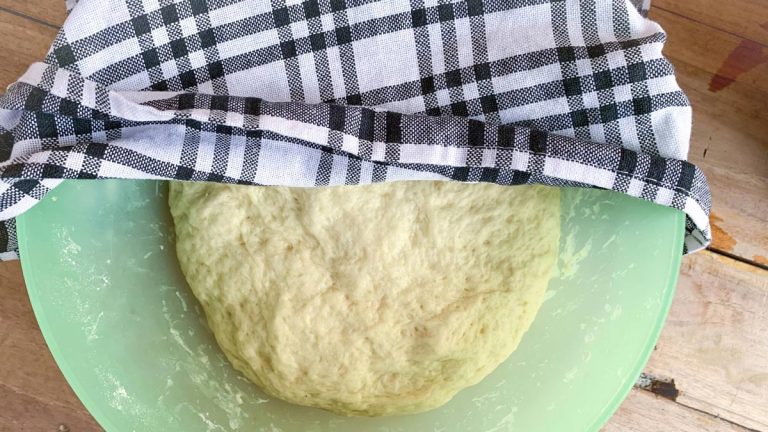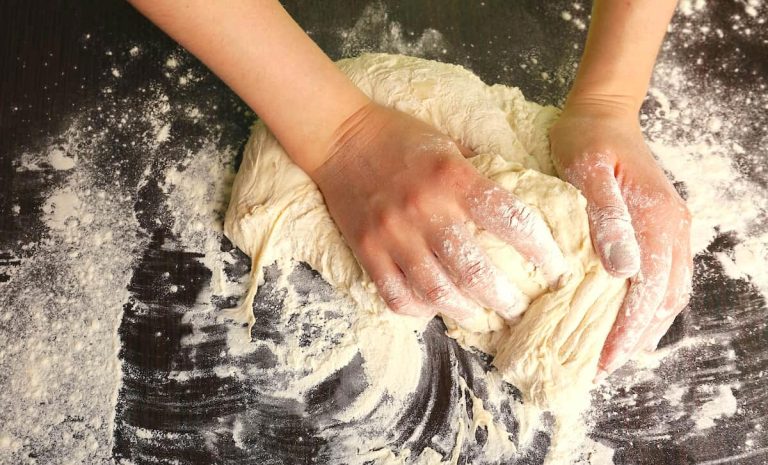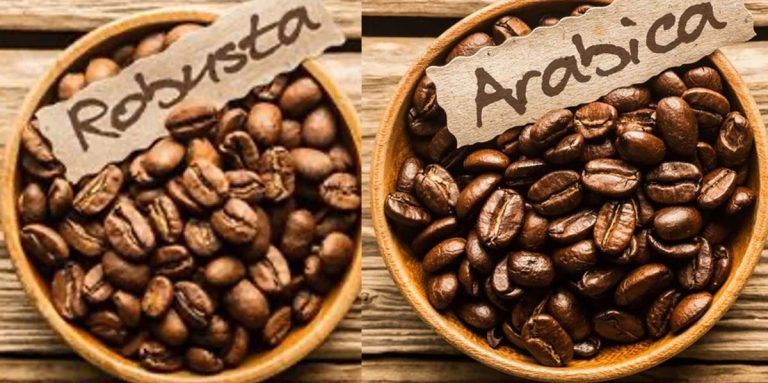What Makes Pizza Dough and Bread Dough Different?
Pizza dough and Bread dough are the two most common choices of people that are widely used for baking. Pizza dough is used for making different pizzas, and bread dough is used for making different sandwiches.
Even though they share similar ingredients like flour, yeast, and water for processing, they end up tasting different because of how they are made. This guide will provide you with the notable differences between these two options in a more comprehensive manner.
What Are the Difference Between Pizza Dough and Bread Dough?
While both are considered dough, they have significant differences in terms of hydration level, kneading time, rising time, baking temperature, and baking process.
| Particulars | Pizza Dough | Bread Dough |
| Hydration level | – Lower hydration level compared to bread dough – Contains 50-60% of water to flour ratio | – Higher hydration level compared to pizza dough – Contains 80-90% of water to flour ratio |
| Kneading Time | – Lower kneading time 3-5 minutes is needed for the kneading | Higher kneading time7-8 minutes is needed for the kneading |
| Rising Time | – Shorter rising time than bread dough – Between 1-2 hours for sourdough yeast | – Longer rising time than pizza dough – Between 1.5-3 hours for sourdough yeast |
| Baking Temperature | – Temperature is set higher due to large and flat Between 450-500 degrees Fahrenheit or 230-260 degrees Celsius – Baked in a preheated oven for 10-15 minutes | – Temperature is set lower to bake properly Between 350-450 degrees Fahrenheit or 175-230 degrees Celcius – Baked in a preheated oven for 20-45 minutes |
| Baking Process | – Placed it on a pizza stone or baking sheet – Shaped in the desired size and thickness of the crust – Toppings are added on top of the dough | – Placed it on a baking sheet or bread pans – Given shapes like loaves or roll – No toppings are added to the dough |

1. Hydration Level
The hydration level indicates the proportion of water to flour. When the dough has a higher hydration level, it means the water used in the dough is more than flour.
The hydration level in pizza dough is lower compared to bread dough so it doesn’t rise and stretch that much. The percentage of water used in the pizza dough is somewhere around 50-60% to keep it as minimum as possible for baking purposes.
The hydration level in bread dough is higher than in pizza dough to make it more stretch, flexible, and more extensive. Around 80-90% of water is used in baking bread dough to make it a softer and more elastic texture.
2. Kneading Time
Kneading is the process of making dough, where it is continuously pressed, folded, and stretched to develop gluten.
The kneading time of pizza dough usually takes 3-5 minutes, depending on the speed, technique, and strength. The purpose of kneading is to develop gluten for elasticity without over-kneading. It helps the dough to stretch and shape into a thin crust.
In contrast, the kneading time of bread dough takes between 7-8 minutes, which also depends on the technique, strength, and speed. Generally, the kneading provides ample time for the development of gluten to make it smooth, elastic, and able to rise properly during fermentation.
3. Rising Time
Rising time is the amount of time that is needed for the dough to rise after kneading. The rising time depends on the recipe and the temperature the dough is kept.
The rising time of pizza dough is generally shorter than bread dough with commercial yeast instead of sourdough yeast. The commercial yeast tends to rise faster, which can be between 1-2 hours, while sourdough yeast takes longer time between 7-8 hours or sometimes overnight.
On the other hand, the bread dough typically requires 1 or 2 more rises before being baked. It takes time between 1.5-3 hours to develop gluten and bring flavors.

4. Baking Temperature
Baking temperature is the required temperature that has to be set to bake the dough properly without burning it.
The baking temperature of pizza dough is usually set higher due to its being large and flat. It is between 450-500 degrees Fahrenheit or 230-260 degrees Celcius, and baked in the preheated oven for 10-15 minutes.
On the other hand, bread dough requires a lower temperature to bake properly, between 350-450 degrees Fahrenheit or 175-230 degrees Celcius, and is baked for 20-45 minutes in the preheated oven.
5. Baking Process
The process of baking both pizza dough and bread dough is somewhat similar, but they vary in size and serving method.
The pizza dough is flat. It is shaped in the desired size and thickness of the crust by placing it on a pizza stone or baking sheet. Then, a variety of toppings are put on top of the dough such as cheese, sauce, pepperoni, etc. After that, it is baked in a preheated oven until it turns golden brown color and later served in slices.
However, bread dough is given a shape like loaves or rolls on a baking sheet or bread pans. After that, it is baked in the oven till golden brown color and then sliced and served.
Can You Use Pizza Dough for Bread?
Yes, you can use pizza dough to make bread as both contain the same ingredients like yeast, flour, salt, and water. To make perfect bread using pizza dough, you have to carefully look after the shape, rising time, and baking time.
The process of making bread with pizza dough is simple and easy. You have to shape the pizza dough like loaves or rolls and bake them normally just like traditional bread needs to do. But, you have to prepare the pizza dough ahead of time so that it rises to room temperature before baking.
Furthermore, you can use many different pizza doughs for bread such as classic pizza dough, sourdough, and neo-neapolitan. However, the flavor and taste would slightly change because of not using bread dough compared to traditional bread, but it can also be delicious if you follow the proper procedure.

Frequently Asked Questions
What Flour Is Best for Pizza Dough?
The answer to this question entirely depends on what style of pizza dough you want to make. For example, if you want to make Neapolitan pizza, you can use flour that contains above 12% protein. On the other hand, for New York Style, Sicilian, Detroit, or Chicago pizza you need a higher percentage of protein content in flour like 13-14.5%.
Moreover, you can also use plain flour or all-purpose flour, but it contains low protein and it can easily break when stretching. So, flour which has a high percentage of protein content can be said as best for pizza dough.
What Flour Is Best for Bread Dough?
Different flour serves best for different bread doughs. For example, unbleached all-purpose flour contains less amount of protein, which is 10.5% and it is ideal for soft-texture bread like white sandwich bread. On the flip side, bread flour contains 12-12.7% of protein and it goes well with hearth loaves or rustic bread.
Additionally, high-gluten and whole-wheat flour has 14% protein and it is best for chewy breads like bagels.

Does Pizza Dough Need Eggs or Milk?
Eggs or Milk are not necessary ingredients for pizza dough, it only needs flour, water, and yeast for making it. However, you can add milk to make it tender and flavorful, but it can make your pizza less chewy and stretchy.
Does Pizza Dough Need to Rise as Much as Bread Dough?
No, pizza dough doesn’t need to rise as much as bread dough unless you are using sourdough. Sourdough requires a longer fermentation time like 7-8 hours compared to the traditional dough to rise.
In the case of a traditional dough, the pizza dough only needs to rise one time, while bread dough requires two times to rise.







